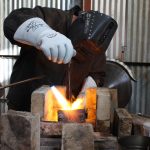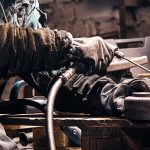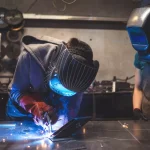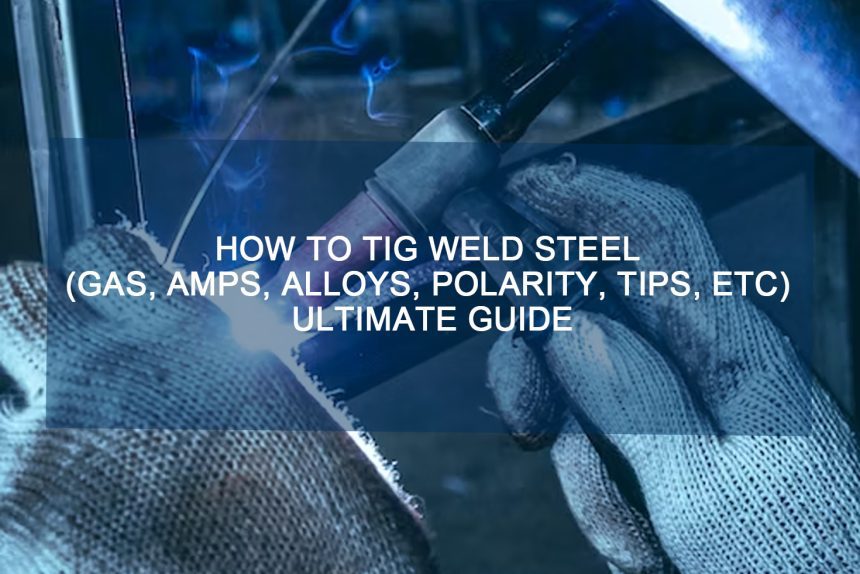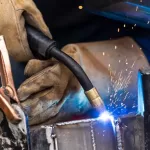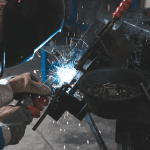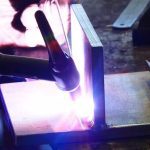TIG welding, also known as Tungsten Inert Gas welding, is a highly valuable method for joining metals, especially steel. This technique involves heating the metals using an arc created between the tungsten electrode and the base metal.
How to TIG Weld Steel
Welding Town
(Gas, Amps, Alloys, Polarity, Tips, etc)
Ultimate Guide
To facilitate the process, a filler metal may be used in conjunction with a shielding gas. The key variables in TIG welding are the welding current, arc voltage, shielding gas composition, and travel speed. Properly controlling these variables is crucial to achieving high-quality welds in this process.
How TIG Welding on Steel Works?
Tungsten inert gas (TIG) welding stands as perhaps the most versatile welding method, offering the capability to weld a myriad of metal types that surpass other welding techniques. TIG welding finds wide applications in joining aluminum, steel, brass, copper, bronze, gold, nickel alloy, stainless steel, and more. To acquire proficiency in TIG welding, firstly, you must configure the welding machine along with its associated components, such as the torch and gas supply, while also ensuring you have a suitable filler rod on hand for the specific metal you intend to weld.
What Parameters Are Important?
The achievement of a fruitful welding operation relies on a skillful blend of parameter settings and choices. Various knowledge-based factors significantly influence the selection of parameters and the setup of equipment. Among these crucial factors are the base material, material thickness, joint type, and welding position.
How to Create Great Beads on Steel
The fundamental process of laying a bead is deceptively simple. Your goal is to create a minute zig-zag pattern using the tip of the rod, while employing small concentric circles along the seam’s path. To start, it’s advisable to lay beads that are just one or two inches long. This precaution is essential as there’s a potential risk of excessive heating around the seam, leading to compromise or warping. To mitigate this, it’s best to perform a small weld in one spot before moving on to another.
Suggested Electrodes
When working with aluminum materials, it is essential to opt for a tungsten electrode. However, one must exercise caution as there are other types of tungsten electrodes available, including the thoriated variant, which poses inherent risks. Currently, the process of preparing an electrode involves ensuring that its tip is shaped in a circular manner; otherwise, it needs to be ground before use. It is highly recommended to use a ball-shaped tip for welding with AC power and a pointed tip for welding with DC power.


![Welding vs. Brazing vs. Soldering [ What is the main difference ] 2 Welding vs. Brazing vs. Soldering [ What is the main difference ]](https://www.021208.com/wp-content/uploads/2024/05/welding-1-150x150.jpg)

